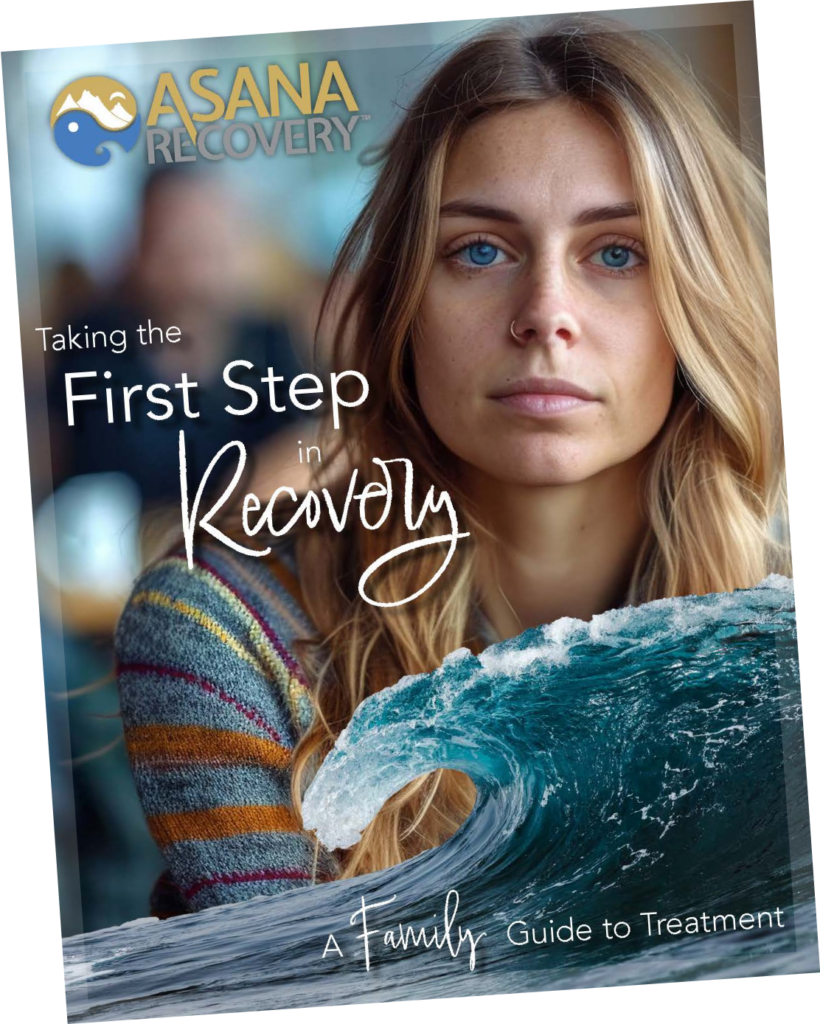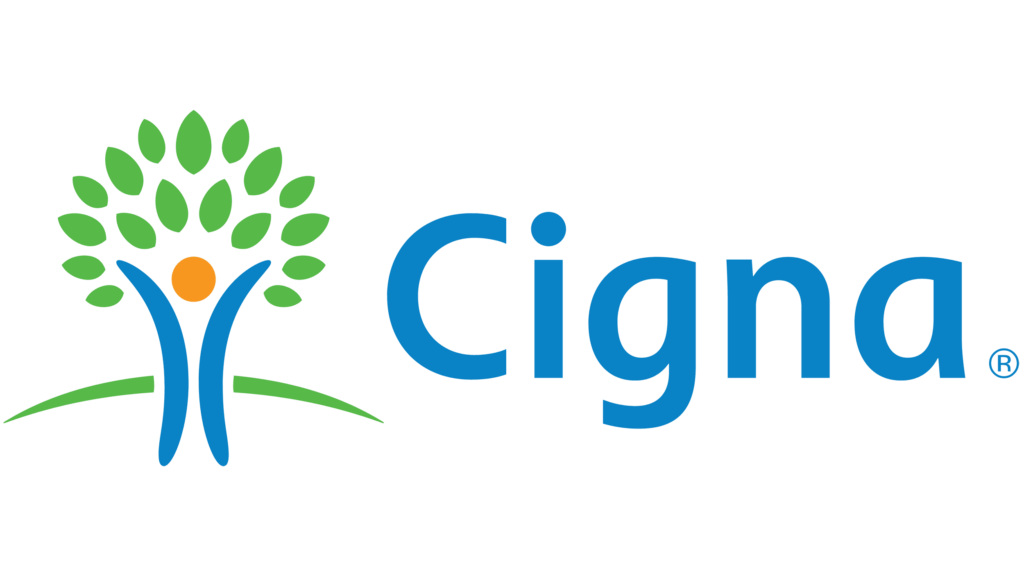Ketamine therapy has emerged as a groundbreaking treatment for depression, anxiety, and other mental health conditions, offering hope to those who have found little relief from traditional approaches. Initially synthesized in the 1960s as a safer alternative to phencyclidine (PCP), ketamine gained FDA approval as an anesthetic due to its unique ability to provide pain relief without suppressing respiratory function. Over the past two decades, researchers have uncovered its remarkable potential to rewire neural pathways and alleviate symptoms of treatment-resistant mental health disorders.
This innovative therapy involves the administration of low-dose ketamine through various methods, including intravenous infusions (IV ketamine therapy), intramuscular injections, nasal sprays like Spravato® (esketamine), or sublingual lozenges, all delivered in clinically supervised environments. What sets ketamine apart is its ability to produce rapid mood stabilization, often within hours, compared to the weeks required for traditional antidepressants to take effect. By targeting the brain’s glutamate system—the primary excitatory neurotransmitter—ketamine stimulates the growth of new synaptic connections, a process critical for sustained emotional resilience.
Traditional antidepressants like SSRIs focus on modulating serotonin, norepinephrine, or dopamine levels, which can take weeks to restore balance. Ketamine, however, operates through a completely different mechanism, binding to NMDA receptors in the brain to block glutamate uptake. This triggers a cascade of neurochemical events that activate mTOR pathways, promoting synaptic plasticity and fostering the repair of neural circuits damaged by chronic stress or depression.
The result is a rapid restoration of emotional regulation, often described as a “reset” for the brain. Imaging studies reveal that ketamine increases activity in the prefrontal cortex—the area responsible for decision-making and mood control—while reducing hyperactivity in the amygdala, which governs fear responses. Patients frequently report enhanced problem-solving abilities, renewed motivation, and a lifted “mental fog” after treatment. Unlike conventional medications, ketamine for depression offers long-lasting benefits, especially when combined with integrative therapies like cognitive behavioral therapy (CBT) or ketamine-assisted psychotherapy.
Asana Recovery works with most PPO plans, covering up to 100%. See if your insurance can help fund your journey. Click below to get a free quote.

For those considering this treatment, understanding the structure of a typical session can ease apprehensions. Prior to administration, clinicians conduct thorough medical evaluations to assess eligibility, including cardiac health screenings and psychiatric assessments. During a standard 40- to 60-minute infusion, patients recline in a calming environment, often with soft lighting and soothing music. Medical staff monitor vital signs continuously to ensure safety.
The subjective experience varies, but many describe a floaty, dream-like state accompanied by vivid sensory perceptions. Some liken it to the transition between wakefulness and sleep, where introspective thoughts flow freely without emotional attachment. While dissociation can feel unfamiliar, therapists emphasize that this altered state often facilitates breakthroughs in self-reflection, allowing patients to process trauma or negative thought patterns from a detached perspective. Post-session integration therapy is increasingly recommended to help individuals contextualize insights gained during treatment.
Clinical data underscores ketamine’s unprecedented efficacy for treatment-resistant populations. Studies published in The American Journal of Psychiatry demonstrate that over 50% of patients achieve remission from suicidal ideation within 24 hours of a single infusion, with effects lasting up to two weeks. For chronic depression, a series of six infusions over three weeks often yields symptom reduction lasting several months, particularly when supplemented with maintenance doses.
Emerging protocols are refining dosage strategies to maximize longevity. For example, personalized tapering schedules—starting with bi-weekly sessions and gradually spacing them out—help sustain benefits while minimizing side effects. Research also highlights the importance of adjunct therapies; combining ketamine for mental health with mindfulness practices or trauma-focused psychotherapy appears to amplify and prolong therapeutic outcomes.
While ketamine therapy for depression remains the most studied application, ketamine’s versatility extends to multiple complex conditions:
Investigational uses show promise for ketamine for anxiety and depression, migraine prevention, and substance withdrawal, particularly for alcohol and opioid dependence. Researchers are also exploring its role in ALS and Alzheimer’s disease, where glutamate dysregulation contributes to neurodegeneration.
Ketamine’s safety profile is well-established in clinical settings, though patient selection and dosing precision are critical.
Prolonged high-dose use—particularly in non-medical contexts—has been linked to urothelial toxicity, presenting as urinary frequency or discomfort. Clinicians mitigate this risk by:
Cognitive impacts remain debated, though most studies suggest no significant decline in memory or executive function with medically supervised use.
At sub-anesthetic doses, patients may experience mild dissociation, but this differs starkly from recreational “k-hole” experiences. Clinicians titrate doses to achieve therapeutic effects without euphoria, and the dissociative state is framed as a tool for psychological exploration rather than an end in itself.
The journey begins with a comprehensive psychiatric evaluation to confirm eligibility, typically requiring documented resistance to at least two antidepressants. Specialized clinics offer tailored programs, including:
For individuals trapped in the cycle of treatment-resistant illness, ketamine therapy for depression and anxiety represents a paradigm shift in mental healthcare. Its ability to provide rapid relief—coupled with ongoing advances in protocol personalization—makes it a compelling option. However, success hinges on realistic expectations: while some achieve lasting remission, others require periodic boosters.
The future of ketamine treatment for depression lies in precision medicine, using biomarkers to predict responsiveness. As research evolves, this treatment could democratize access to cutting-edge neurotherapeutics, offering a lifeline to those who’ve exhausted conventional options. Collaborating with a knowledgeable provider ensures the balance between innovation and safety, empowering patients to reclaim agency over their mental health.
If you’re struggling with treatment-resistant depression, anxiety, or other mental health conditions, ketamine therapy could be the breakthrough you’ve been searching for. At Asana Recovery, we understand the challenges of mental health recovery and offer comprehensive, evidence-based treatments tailored to your needs. Our expert team provides a safe and supportive environment where you can explore the life-changing benefits of ketamine therapy under medical supervision.
Don’t wait to reclaim your mental well-being. Contact Asana Recovery today to learn more about our innovative treatment options and take the first step toward a brighter future.
We get it. Addiction recovery is tough. That’s why our programs are founded and staffed by people in recovery – people who truly understand.

Ketamine therapy is primarily used to treat treatment-resistant depression, anxiety disorders, PTSD, bipolar depression, OCD, and chronic pain conditions. Research also shows promise for ketamine-assisted therapy in managing substance use disorders, migraines, and even neurodegenerative diseases.
Unlike traditional antidepressants that affect serotonin or dopamine, ketamine therapy for depression works by blocking NMDA receptors, which increases glutamate levels in the brain. This triggers rapid neuroplasticity and synaptic growth, helping to repair damaged neural pathways and restore emotional balance much faster than conventional medications.
During a ketamine infusion for depression, patients often experience a mild dissociative state, described as dream-like, calming, or introspective. While some people report floating sensations or enhanced self-reflection, others may feel emotional sensitivity or lightheadedness. These effects are temporary and carefully monitored by medical professionals.
At therapeutic doses, ketamine does not induce a euphoric high but rather creates a controlled dissociative state that allows for deep introspection. Clinical ketamine therapy infusions are administered under medical supervision to ensure safe and effective treatment without the risks associated with recreational use.
Yes. IV ketamine therapy is legally prescribed off-label for depression, anxiety, and PTSD, while esketamine (Spravato®) is FDA-approved for treatment-resistant depression. Licensed clinics follow strict protocols to ensure safe and ethical administration.
Common ketamine therapy side effects include:
For depression and anxiety, ketamine’s effects can last from days to several weeks. A full course of ketamine infusions for depression typically consists of six treatments over two to three weeks, followed by maintenance sessions as needed.
When administered in a clinical setting, ketamine therapy for depression and anxiety is considered safe and well-tolerated. Patients are carefully screened before treatment to minimize risks and ensure suitability for IV ketamine therapy or intranasal Spravato treatments.
Yes. Ketamine therapy for anxiety and depression has been shown to help those who haven’t responded to traditional treatments. Many individuals find relief from severe depression, panic attacks, and generalized anxiety disorder through carefully monitored ketamine infusion therapy.
To begin ketamine therapy for mental health, you’ll need a medical evaluation by a licensed professional. Asana Recovery offers a comprehensive, patient-centered approach, ensuring that you receive the best care possible for your unique needs. Contact us today to learn how ketamine treatment can transform your mental health journey.
Take your first step towards lasting recovery. At Asana, we offer effective, insurance-covered treatment for addiction and mental health, guided by experts who understand because they’ve been there. Start your healing today.

This book has helped so many men and women; and we want to give it you for FREE. Get signed up today and discover how to unlock the grip of addiction and get back to living your best life.
In this book, you’ll discover…
— The Most Common Misconceptions About Addiction and Rehab
— Why Rock Bottom is a Myth and What You Can Do About It
–The Steps to Healing From Trauma, Both Mentally and Emotionally
–And much more!
© Copyright 2024 Asana Recovery™ | All Rights Reserved | Privacy Policy
You could save up to 100% of your treatment using your Insurance.





By submitting this form, you agree to Asana Recovery’s Privacy Policy. You also consent to Asana Recovery contacting you by phone, text message, and email regarding your insurance benefits and treatment services. You acknowledge that text messaging may involve risks, authorize the use of your Protected Health Information (PHI) for these communications, and understand you can opt-out of text messages at any time by replying “STOP”.
Asana Recovery
We firmly believe that the internet should be available and accessible to anyone, and are committed to providing a website that is accessible to the widest possible audience, regardless of circumstance and ability.
To fulfill this, we aim to adhere as strictly as possible to the World Wide Web Consortium’s (W3C) Web Content Accessibility Guidelines 2.1 (WCAG 2.1) at the AA level. These guidelines explain how to make web content accessible to people with a wide array of disabilities. Complying with those guidelines helps us ensure that the website is accessible to all people: blind people, people with motor impairments, visual impairment, cognitive disabilities, and more.
This website utilizes various technologies that are meant to make it as accessible as possible at all times. We utilize an accessibility interface that allows persons with specific disabilities to adjust the website’s UI (user interface) and design it to their personal needs.
Additionally, the website utilizes an AI-based application that runs in the background and optimizes its accessibility level constantly. This application remediates the website’s HTML, adapts Its functionality and behavior for screen-readers used by the blind users, and for keyboard functions used by individuals with motor impairments.
If you’ve found a malfunction or have ideas for improvement, we’ll be happy to hear from you. You can reach out to the website’s operators by using the following email
Our website implements the ARIA attributes (Accessible Rich Internet Applications) technique, alongside various different behavioral changes, to ensure blind users visiting with screen-readers are able to read, comprehend, and enjoy the website’s functions. As soon as a user with a screen-reader enters your site, they immediately receive a prompt to enter the Screen-Reader Profile so they can browse and operate your site effectively. Here’s how our website covers some of the most important screen-reader requirements, alongside console screenshots of code examples:
Screen-reader optimization: we run a background process that learns the website’s components from top to bottom, to ensure ongoing compliance even when updating the website. In this process, we provide screen-readers with meaningful data using the ARIA set of attributes. For example, we provide accurate form labels; descriptions for actionable icons (social media icons, search icons, cart icons, etc.); validation guidance for form inputs; element roles such as buttons, menus, modal dialogues (popups), and others. Additionally, the background process scans all the website’s images and provides an accurate and meaningful image-object-recognition-based description as an ALT (alternate text) tag for images that are not described. It will also extract texts that are embedded within the image, using an OCR (optical character recognition) technology. To turn on screen-reader adjustments at any time, users need only to press the Alt+1 keyboard combination. Screen-reader users also get automatic announcements to turn the Screen-reader mode on as soon as they enter the website.
These adjustments are compatible with all popular screen readers, including JAWS and NVDA.
Keyboard navigation optimization: The background process also adjusts the website’s HTML, and adds various behaviors using JavaScript code to make the website operable by the keyboard. This includes the ability to navigate the website using the Tab and Shift+Tab keys, operate dropdowns with the arrow keys, close them with Esc, trigger buttons and links using the Enter key, navigate between radio and checkbox elements using the arrow keys, and fill them in with the Spacebar or Enter key.Additionally, keyboard users will find quick-navigation and content-skip menus, available at any time by clicking Alt+1, or as the first elements of the site while navigating with the keyboard. The background process also handles triggered popups by moving the keyboard focus towards them as soon as they appear, and not allow the focus drift outside it.
Users can also use shortcuts such as “M” (menus), “H” (headings), “F” (forms), “B” (buttons), and “G” (graphics) to jump to specific elements.
We aim to support the widest array of browsers and assistive technologies as possible, so our users can choose the best fitting tools for them, with as few limitations as possible. Therefore, we have worked very hard to be able to support all major systems that comprise over 95% of the user market share including Google Chrome, Mozilla Firefox, Apple Safari, Opera and Microsoft Edge, JAWS and NVDA (screen readers).
Despite our very best efforts to allow anybody to adjust the website to their needs. There may still be pages or sections that are not fully accessible, are in the process of becoming accessible, or are lacking an adequate technological solution to make them accessible. Still, we are continually improving our accessibility, adding, updating and improving its options and features, and developing and adopting new technologies. All this is meant to reach the optimal level of accessibility, following technological advancements. For any assistance, please reach out to